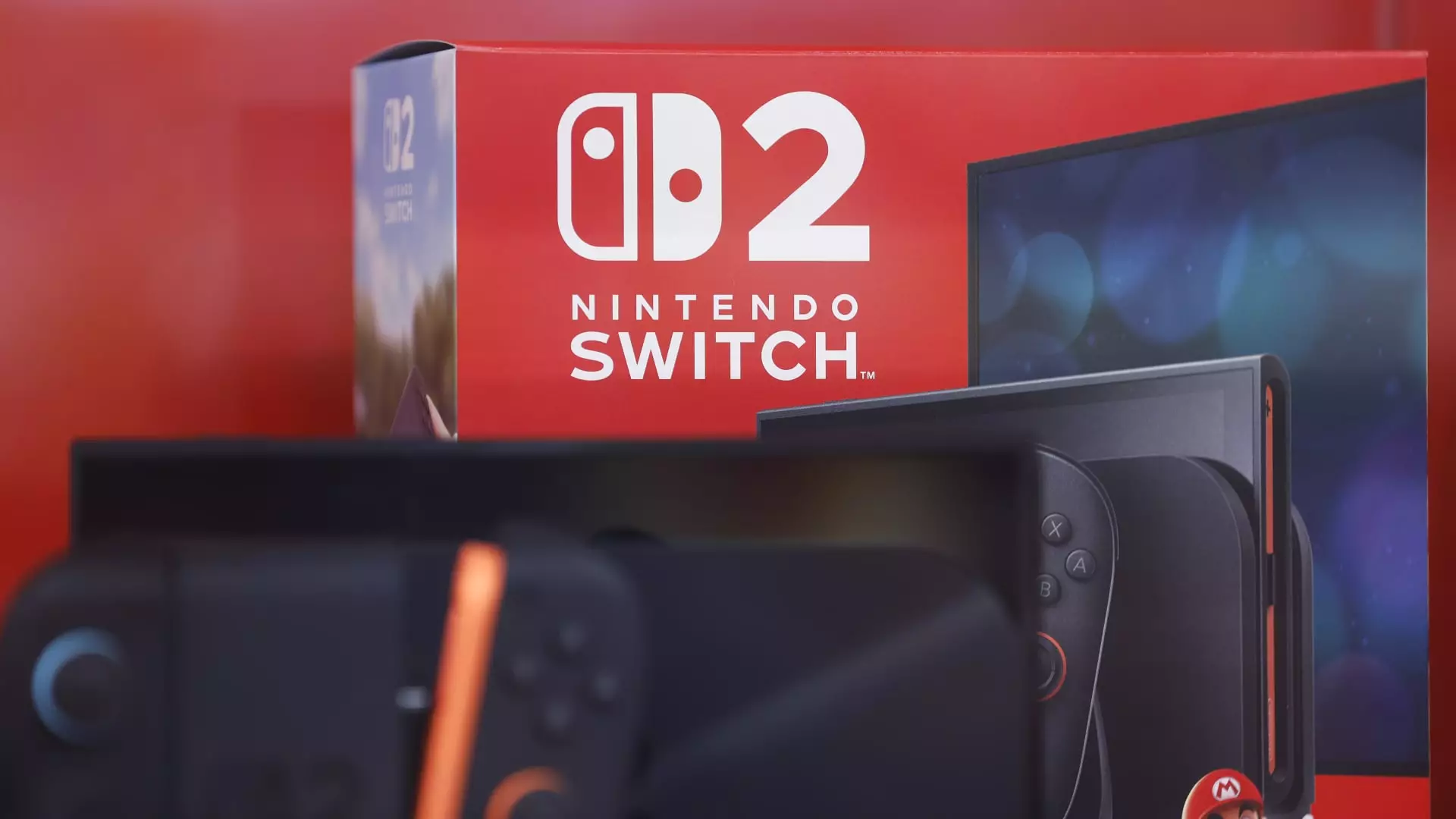Nintendo’s recent financial surge, fueled by the overwhelming success of the Switch 2, appears to be a shining example of corporate resilience and innovation. The company has reported a staggering 132% rise in revenue, bolstered by the first-month sales of a console that promises longevity and market dominance. Yet, beneath this façade of triumph lies a fragile foundation. Such explosive growth, while impressive, often hinges on a few key factors—price hikes, consumer enthusiasm for new technology, and a temporary surge in interest. It’s crucial to recognize that this rapid ascent may mask underlying vulnerabilities, including market saturation and merchandise fatigue that could threaten sustained profitability.
The Fluctuating Power of Intellectual Property
While Nintendo’s core gaming hardware sales have skyrocketed, its related entertainment sectors reveal a different story—decline and hesitation. The 4.4% drop in revenue from films like “The Super Mario Bros. Movie” signifies the unpredictable nature of intellectual property markets. Relying heavily on established franchises can be a double-edged sword; they generate massive initial interest but risk overexposure and consumer fatigue over time. Nintendo’s strategy, therefore, appears to be one of cautious optimism. The company must balance leveraging beloved IPs while innovating new properties to prevent stagnation, or it risks fading into a nostalgic relic rather than a forward-looking entertainment powerhouse.
Challenges Beyond the Horizon
Even as Nintendo brims with optimism, it faces notable obstacles—most prominently, potential tariffs and trade frictions that threaten profitability. The company’s stance that short-term profitability might dip due to U.S. tariffs is realistic, but the read between the lines reveals an underlying tension: reliance on external economic policies instead of internal innovation. Furthermore, maintaining a conservative sales target for the Switch 2—despite analyst predictions of exceeding expectations—raises questions about Nintendo’s foresight and adaptability. Overconfidence in a benchmark that may seem cautious could limit strategic agility in a dynamic global marketplace.
A Balanced Perspective on Long-Term Viability
Despite these hurdles, there’s a glimmer of confidence in Nintendo’s ability to navigate the storm. The company’s plan to expand its user base and sell more games suggests a recognition that hardware sales alone aren’t sustainable pivots—they need a thriving digital ecosystem to sustain long-term growth. Yet, this pivot also risks commodifying the Nintendo experience, transforming it into an endless chase for more downloads and microtransactions rather than fostering genuine cultural connections. Such commercialization could dilute the brand’s core appeal, ultimately undermining the very loyalty Nintendo has built over decades.
Final Reflection
In essence, Nintendo’s recent success should be seen as a sign of resilience, but it should not eclipse the complexities that threaten to undermine its future. The company’s capitalizing on nostalgia, technological innovation, and market expansion is commendable. Still, an overly optimistic outlook that dismisses internal weaknesses, external economic risks, and shifting consumer expectations risks setting the stage for disappointment. A balanced, cautious response—one that emphasizes innovation beyond hardware and safeguards against economic volatility—is crucial if Nintendo hopes to maintain its relevance in a rapidly evolving entertainment landscape.

